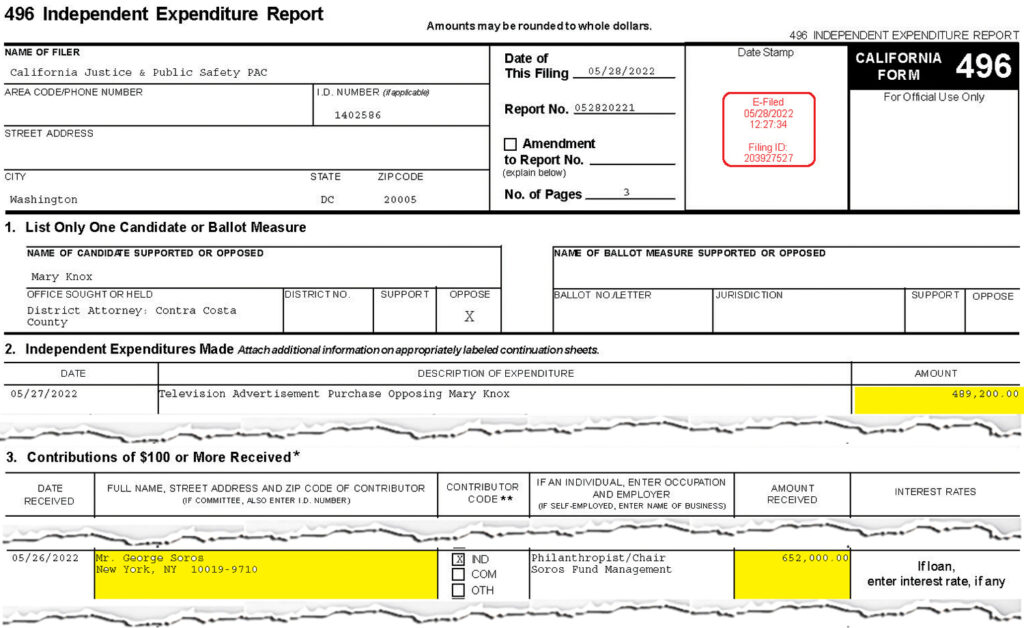
Other organizers respond to additional questions, but not committee treasurer or assistant treasurer
“Tom (Hartrick) told me that the police advised him it’s a civil matter, not criminal. I was told that a police report was not filed.” – Kathy Cabrera, recall organizer
By Allen D. Payton
Since it was announced on May 11 that the recall of Antioch Mayor Lamar Thorpe failed, leaders of the official campaign committee and effort have refused to answer questions, until now. But some have still gone unanswered. Recall organizer claims it failed due to the theft of the committee’s funds and the estimated 11,000 signatures gathered, more than enough to force him to the ballot. (See related article)
According to one of the organizers, Kathy Cabrera, who served Thorpe with his recall petition on Sept. 24, 2021, the contractor who the committee hired and is accused of stealing $23,000 they paid him, plus signatures for both Thorpe’s and City Clerk Ellie Householder’s recalls is Bryan Schafer of Saginaw, Michigan and his company Blitz Canvassing. He and his associate, Kim Ridley of Flint, Michigan led the paid portion of the signature gathering effort. (See related articles here and here.)
An online search for Blitz Canvassing resulted in a website for a company by that name, which claims “to working major signature collection programs in Indiana, Arkansas, Nevada, Michigan and Maine.” But neither Schafer’s nor Ridley’s photos or names appear on it.
While the committee issued a statement on May 11, the deadline for submitting the signatures, it left many questions unanswered. According to the Form 410 filed by the Committee to Recall Mayor Lamar Thorpe on March 24, 2022, the principal officer was Clarke Wilson, one of the 20 proponents who signed the recall notice, who served as the titular head of the committee and is the husband of another recall proponent and outspoken critic of Thorpe, Velma Wilson. In addition, the report shows James Pringle served as the treasurer and Tom Hartrick as the assistant treasurer. Committee to Recall Thorpe 410
Questions for Organizers
They, and other recall organizers, including Cabrera, Lindsey Amezcua and Arne Simsonsen, were sent the following questions on May 12 and again on May 20:
“What was the name of the company you paid? What is the man’s name who is the head of the company, please? Tom told me he left the state and went back to, I believe he said Michigan. Is that true? If so, how do you know that, who told you?
I’ve also been told that man was renting a home in Pittsburg and left his girlfriend behind, as well. Is that true?
Where or how did you find the company that you hired? Who recommended them to you?
What kind of track record do they have? Do you know if they lean left or right politically?
Can you please provide a copy of the contract?
Who has access to the committee’s bank account? Would that be Treasurer James Pringle, Assistant Treasurer Tom Hartrick and Principal Officer Clarke Wilson? Anyone else?
Did the signature gathering company also take the signature petitions for Householder’s recall? Or is that effort continuing?
Is there some legal remedy or recourse you can take since Ellie has a clear conflict of interest in denying the extension? Can it be appealed to a judge, the county clerk or Secretary of State?
What actions are being taken other than filing a police report? Do you have a copy of it that you can provide?
Will you start over trying to recall Thorpe in six months?”
The group was also asked who was included in the meeting when the recall signature gathering company was hired.
Today, they were also asked about the discrepancy between the company name Schafer gave and the one with the same name with the website mentioned above on which neither he nor his associate appear.
Simonsen Responds
Simonsen responded on May 12 with, “I can only answer one of your questions: Can it be appealed to a judge, the county clerk or Secretary of State? Once the filing date has passed, there is no recourse to a Judge. The County Clerk and the Secretary of State have no role in a municipal recall, initiative or ballot measure. The City Clerk is the final authority as the Elections Official unless you take the City Clerk to Court (and that would have to be prior to the filing date with a Writ of Mandamus).”
Simonsen was also asked on May 28, if the recall can restart sooner than six months since the signatures were not turned in to the city clerk. He responded that day, “I will double check, but I am sure that once the petitions are approved for circulation that the six months kick in.”
Amezcua Responds
Amezcua responded via text on May 12 writing, “At the moment, I have no desire to start over. I do not know if there is a waiting period. I am not on the bank account. I was not at the interview when the company was hired. I did not write the press release. I’m sure you know me well enough by now to know I have no desire to be a spokesperson.”
“I was not involved in Tuesday’s conversation, so I cannot speak on what was/was not requested,” she continued.
“I personally am feeling an immensely heavy feeling of letting down everyone that was counting on us and have largely ignored my phone and social media,” Amezcua added.
Velma Wilson Responds for Her Husband
Velma Wilson said her husband Clarke just agreed to add his name as chairman of the recall, but the others didn’t include him in the decision making. “So, he doesn’t know” she said about the answers to the questions he was also asked.
Cabrera Provides More Details
Cabrera, who was also part of the discussion about the press release that was issued on May 11, responded to the questions she said she could answer on Tuesday, June 7.
Asked if any background check was done on Schafer, his company, and his associate Kim, Cabrera said, “yes and nothing came up. No criminal records. He had one trespassing complaint against him in Contra Costa County but that’s to be expected in his line of work.”
Asked about filing a police report she responded, “Tom (Hartrick) told me that the police advised him it’s a civil matter, not criminal. I was told that a police report was not filed. Why? I don’t know. That’s just what I was told. I was further advised that the process would require the hiring of a PI and Attorney and there are no more funds to do that.”
Asked who hired the contractor, Cabrera replied, “As far as I know it was a group effort. We had interviewed several different companies. This one was referred to us. Bryan was with the company that did the Newsom recall. I don’t know what was discussed as far as terms and conditions. It was just decided.”
“I gathered the information,” she continued. “I was calling around asking what services they provide, and what was the cost. I brought it back to the group and they made a decision.”
Asked if it was a group vote, Cabrera said, “yes. I personally wanted to go with another company. But the other companies said they didn’t have the time to take it on. This company did.”
As for which organizer handled what responsibility she said, “Lindsey handled the petitions and Tom was in charge of issuing the funds. I wasn’t on any bank accounts. I was a worker bee.”
Cabrera shared more about the paid contractors saying, “Kim had mentioned that she was working with West Coast Petitions out of Walnut Creek. But Bryan pulled her into the effort on the Thorpe recall.”
Asked if they were in a relationship and living in Pittsburg, and if Schafer took off and left Ridley behind as had been shared with the Herald by an Antioch resident, Cabrera responded, “No. She’s not his girlfriend. Kim’s married. They travel to where the work is, which is not unusual. It’s my understanding most of those being paid to gather signatures came from other areas, too. He rented a house in Pittsburg where the pro-signers were staying. It was an Air BnB. Supposedly, the landlord knew him, and they rented it month-to-month.”
Asked if Kim is still around and if, Cabrera said, “no. Bryan did take off to Michigan and left Kim behind she told Lindsey. But it’s my understanding she went to Monterey to work on the next job. That’s the last I heard.”
“Lindsey was trying to contact Bryan and Kim, the week the signatures were due. But they weren’t responding, from what I was told,” Cabrera continued. “We had someone go by the house in Pittsburg looking for them. A clean-up crew was there and said they all had left.”
“This is not what any of us wanted especially the estimated six people who busted their ass for months trying to get the signatures to get the recall on the ballot,” Cabrera added. “The solid six not only gave their money, but gave all of their time collecting signatures, attending council meetings, making the public aware, and anything and everything possible to make the recall happen.”
“There’s no plan to restart the recall at this time,” she stated. “I am just waiting to see what happens in November with the Districts 1 and 4 council elections.”
Attempts to reach Schafer for this article, using the 510-area phone number for him that is still active, were unsuccessful.
Treasurer, Assistant Treasurer Refuse to Respond
Neither Pringle nor Hartrick responded as of publication time.
Please check back later for any updates to this report.














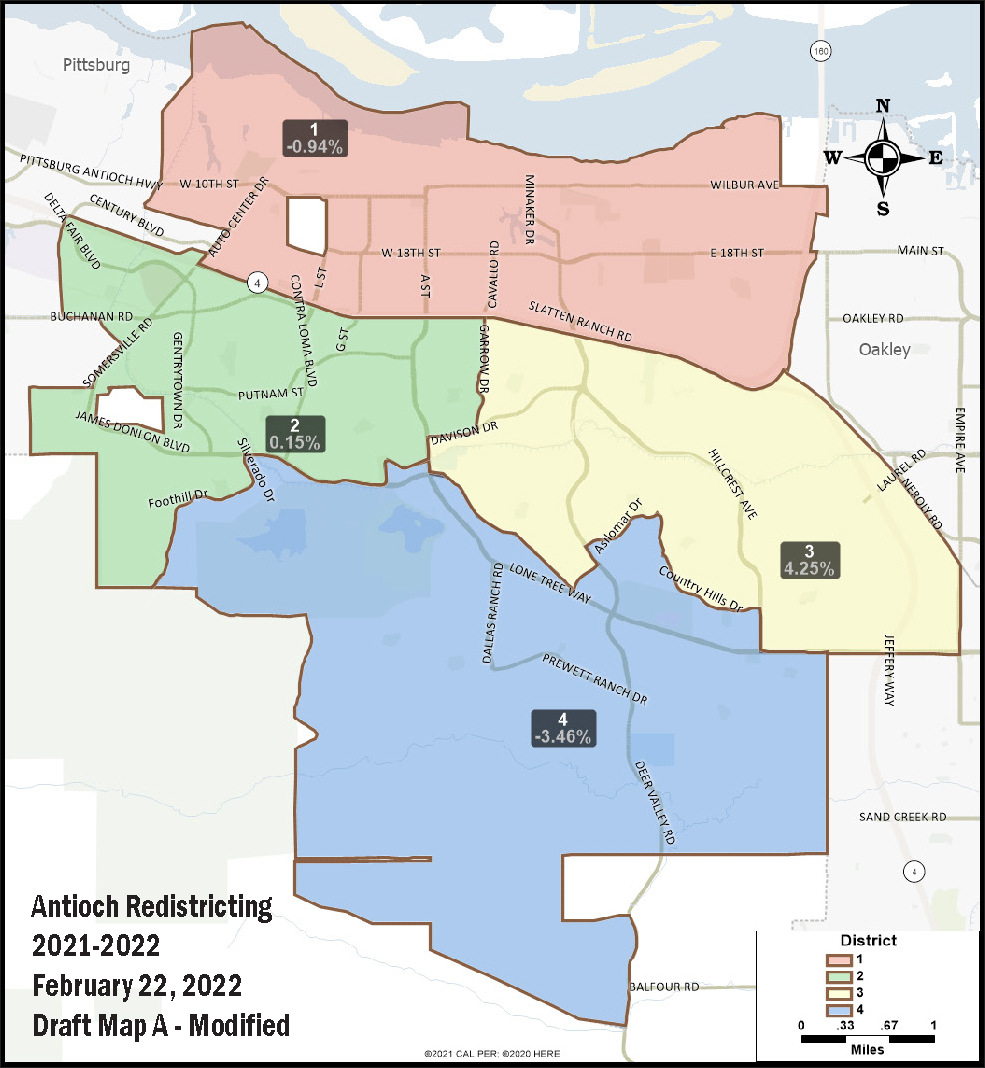
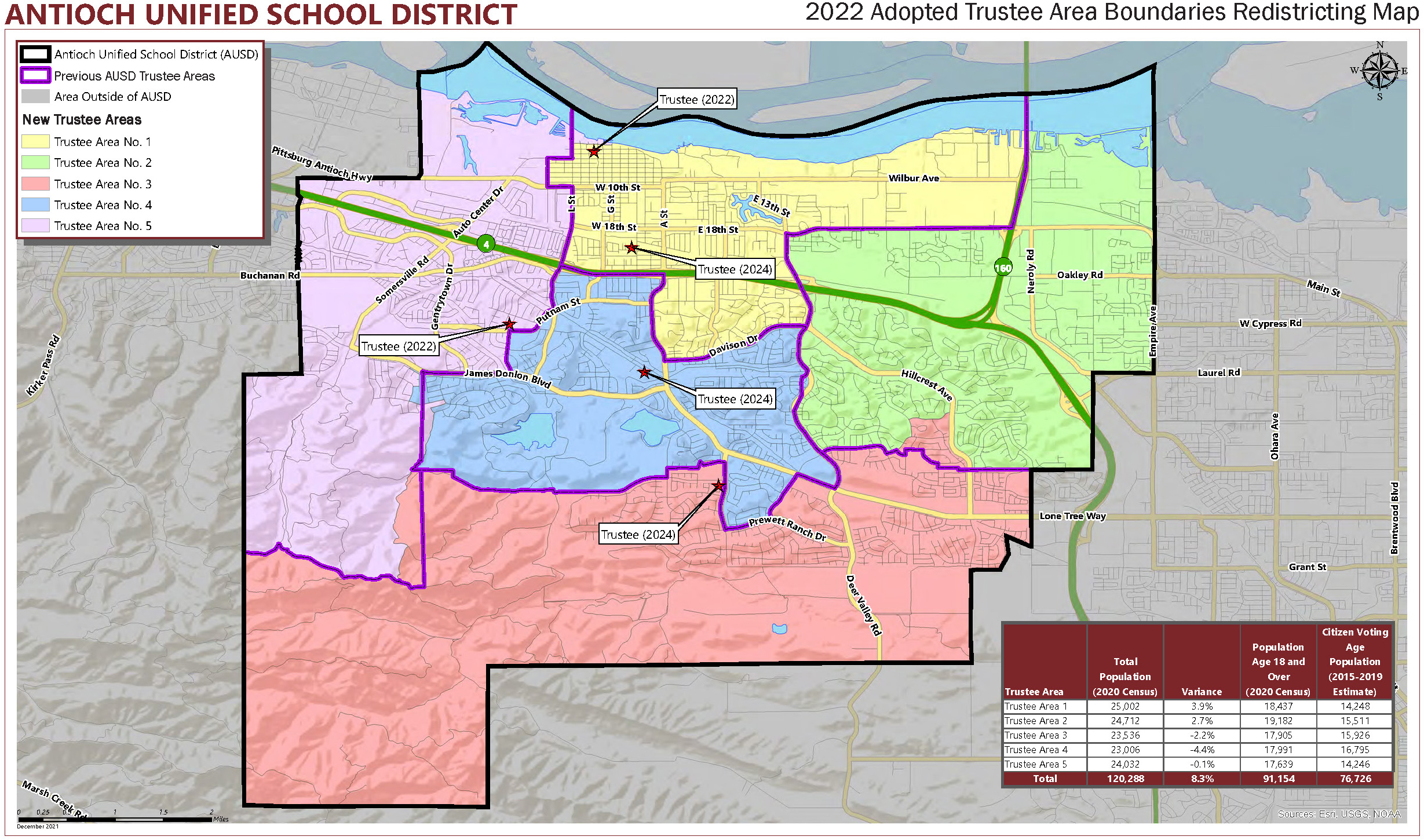
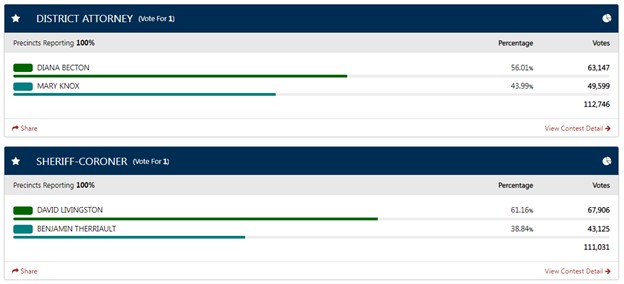


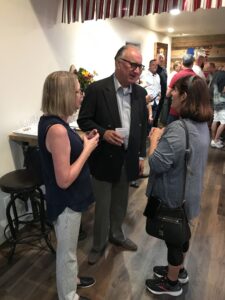

 By Allen D. Payton
By Allen D. Payton
 While all active registered voters throughout California receive Vote by Mail (VBM) ballots, voters still have the option of voting in person on or before Election Day. Your County Elections Office is open for in-person voting beginning 29 days before the election and voters can cast their ballots in person up to and including Election Day.
While all active registered voters throughout California receive Vote by Mail (VBM) ballots, voters still have the option of voting in person on or before Election Day. Your County Elections Office is open for in-person voting beginning 29 days before the election and voters can cast their ballots in person up to and including Election Day.